The date is 1 September 1983 and the Cold War between the Soviet Union and USA is in full gear, when from the New York skies Korean Air Lines Flight 007 flies from JFK, destination Seoul, South Korea.
In the middle of the flight, while accidently passing through Soviet air space, Soviet fighter jets appear getting close the aircraft. The Soviets, who didn't know the plane contained civilians, warned the pilot that they will shoot down the aircraft if it doesn't identify itself, and the pilot, for some unknown reason, doesn't respond.
Reports say the pilot never actually received the information, although theories about this are still unclear. An hour passes as the fighter jets still accompany the aircraft, and the orders from Soviet military is to shoot down the aircraft just as the plane was leaving Soviet airspace.
The Soviet fighter jets shot down the plane, with the aircraft plunging 35,000 feet in less than 90 seconds, killing 269 civilians, including a US congressman.

Hell broke loose. As the Soviets tried to defend their 'mistake', US President Ronald Raegan described the Soviets actions as "barbaric" and "a crime against humanity that must never be forgotten".
The tension between the two mega-powers hit an all-time high, and on 15 September 1983 the US administration banned Soviet aircrafts from operating in US airspace. With the political climate in dangerous territory, both US and Soviet government were on high-alert believing an attack was imminent.
It was a cold night at the Serpukhov-15 bunker in Moscow on 26 September 1983 as Strategic Rocket Forces lieutenant colonel Stanislav Yevgrafovich Petrov resumed his duty, monitoring the skies of the Soviet Union, after taking a shift of someone else who couldn't go to work.
Just past midnight, Petrov received a computer report he'd dreaded all his military career to see, the computer captured a nuclear military missile being launched from the US, destination Moscow.
In the event of such an attack, the Soviet Union’s strategy protocol was to to launch an immediate all-out nuclear weapons counterattack against the United States with nuclear power, and immediately afterwards inform top political and military figures. From there, it would be taken a decision to further the military offensive on America.
 | | Stanislav Petrov |
The bunker was in full-alarm, with red lights all over the place as the missile was captured by the Soviet satellites via computers. Petrov wasn't convinced though. He believed that if the US attacked, they would have attacked all-out, not just sending one missile and giving a chance for them (the Soviets) to attack back.
Petrov figured something didn't make sense, as strategically, just one missile from the US would be a strategic disaster. He took some time to think and decided not to give the order a nuclear attack against America, since in his opinion, one missile didn't make sense strategically and it could easily have been a computer error.
But then, seconds later, the situation turned extremely serious. A second missile was spotted by the satellite. The pressure by the officers in the bunker to commence responsive actions against America started growing. A third missile was spotted, followed by a fourth. A couple of seconds later, a fifth one was spotted... everyone in the bunker was agitated as the USSR was under missile attack.

He had two options. Go with his instinct and dismiss the missiles as computer errors, breaking military protocol in the process or take responsive action and commence full-blown nuclear actions against America, potentially killing millions.
He decided it was a computer error, knowing deep down that if he was wrong, missiles would be raining down in Moscow in minutes.
Seconds turned to minutes, and as time passed it was clear Petrov was right, it was a computer error after all. Stanislav Petrov had prevented a worldwide nuclear war, a doomsday scenario that would have annihilated entire cities. He was a hero. Those around him congratulated him for his superb judgment.
Upon further investigation it resulted that the error came from a very rare sunlight alignment, which the computer read as missile.
Of course, top brass in the Kremlin didn't find it so heroic, as he broke military protocol and if he would have been wrong, risked millions of Russian lives. He was sent into early retirement, with a measly $200 a month pension, suffering a nervous breakdown in the process.
Due to military secrecy, nobody knew Petrov's heroic judgment until 1998, when a book written by a Russian officer present at the bunker revealed that World War 3 was closer than people thought, and a nuclear holocaust was avoided by a close shave.
 | | Petrov reminisces what could have been if he didn't get that extra shift that night |
Even though the Russian have little sympathy to the man who saved millions of American lives, the United Nations and a number of US agencies honoured the man who could have started a nuclear war, but didn't.
In 2008, a documentary film entitled 'The Man who saved the World' is set to be released, perhaps giving Petrov some financial help, thanking him for the incredible part he had in keeping the US and the USSR out of a full-blown war.
Without knowing on the cold Moscow night back in 1983, a badly paid 44 year old military officer saved the world, and made himself one of the most influential persons of the century in the process, saving more lives than anyone ever did.
Most of today's people don't know it, but today's world as we know it, is like it is because of Stanislav Petrov. |
![[Unam Sanctam]](https://blogger.googleusercontent.com/img/b/R29vZ2xl/AVvXsEiymQ2adTjpZ1ABhPBbBBquiPCxeQrc4Jy_97vOikT0wGQeJleriiXQy6ebnb0jrYe-TfvcK77txStB4aIwVAdD41ZdMkVfNtFGC0JX6LBV9B8mfeRZaIAM7Sj-011ag3DiKQzv/s1600/headerdivinemercy.jpg)
















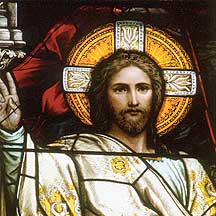
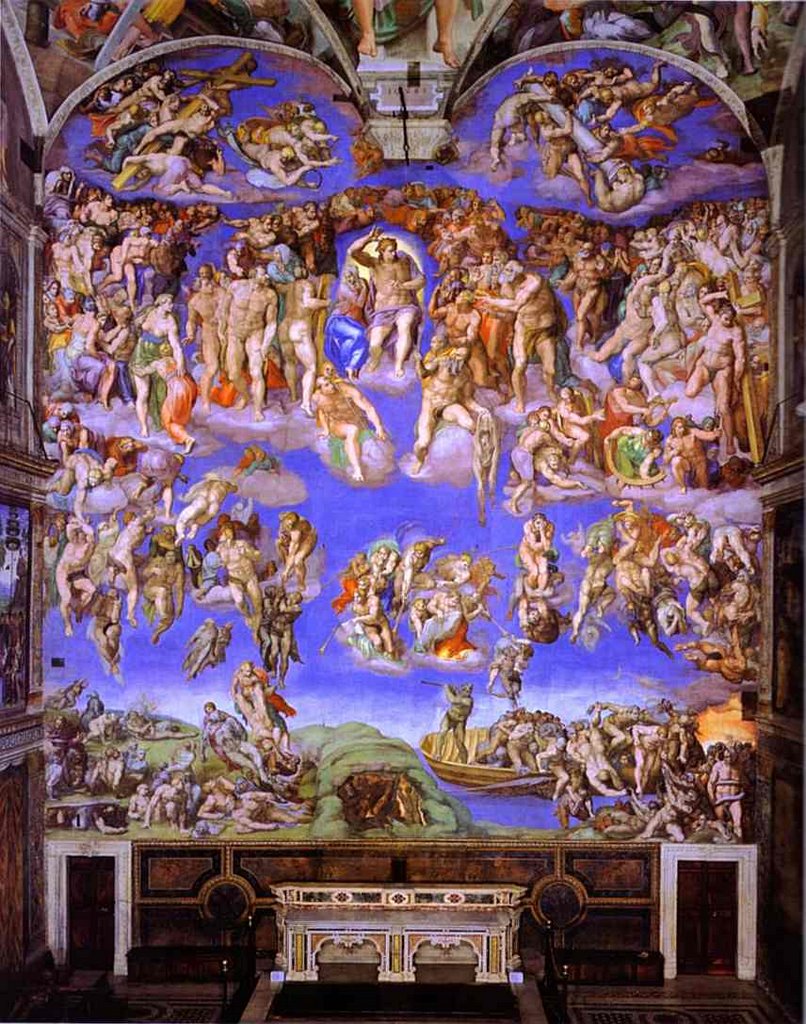


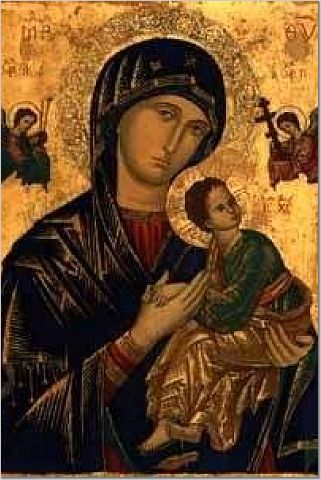



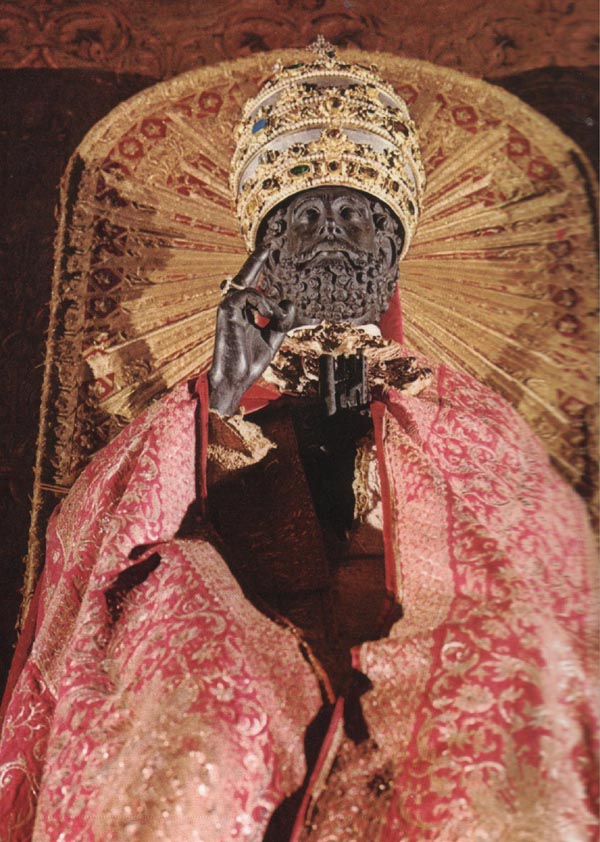
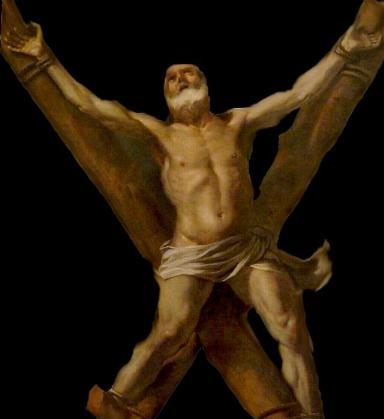

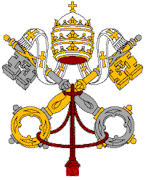


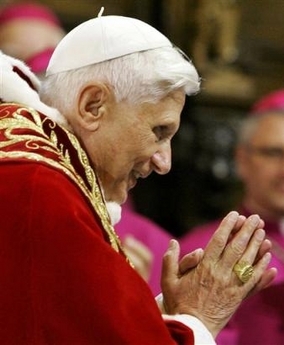






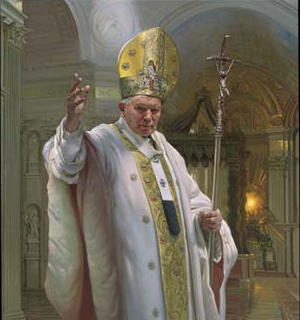
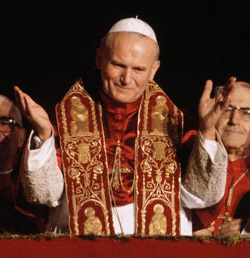
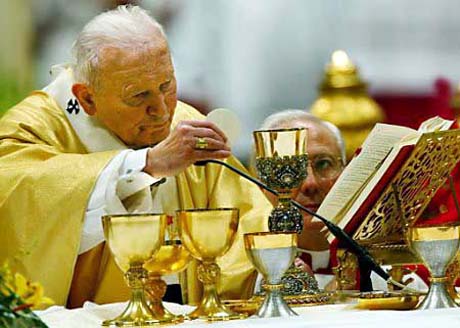
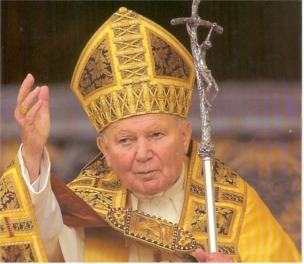






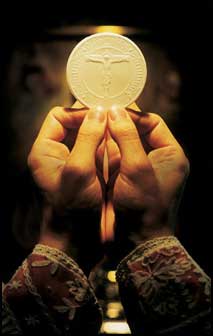
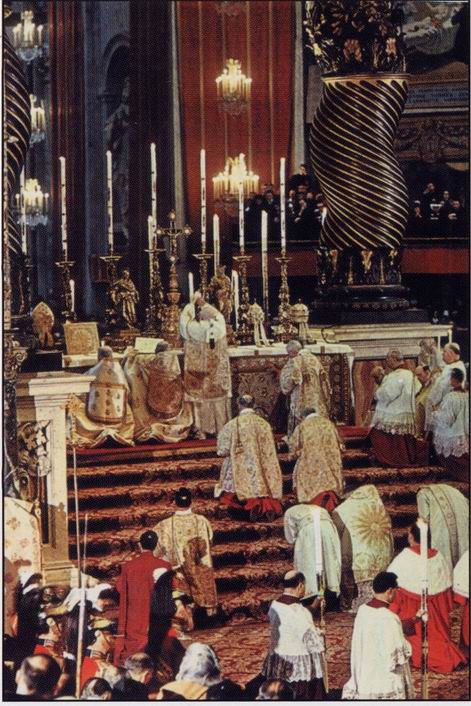



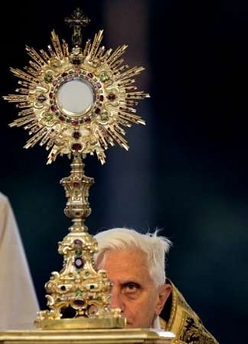


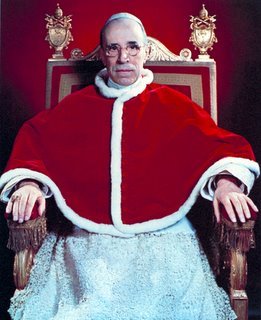




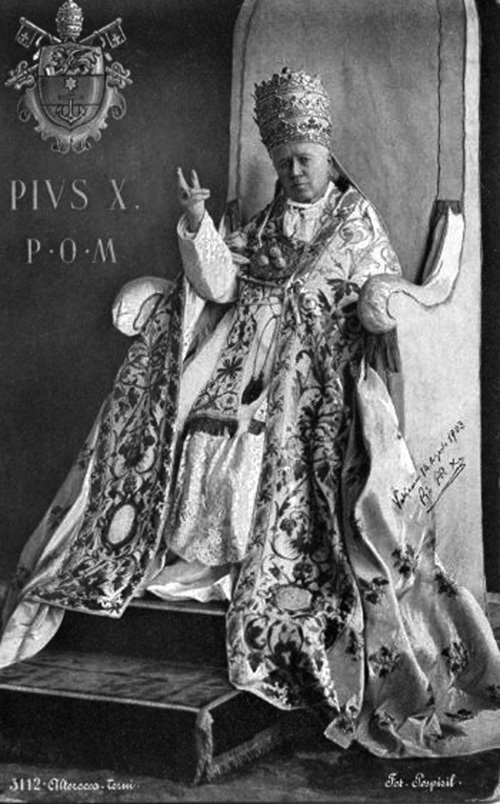










No comments:
Post a Comment